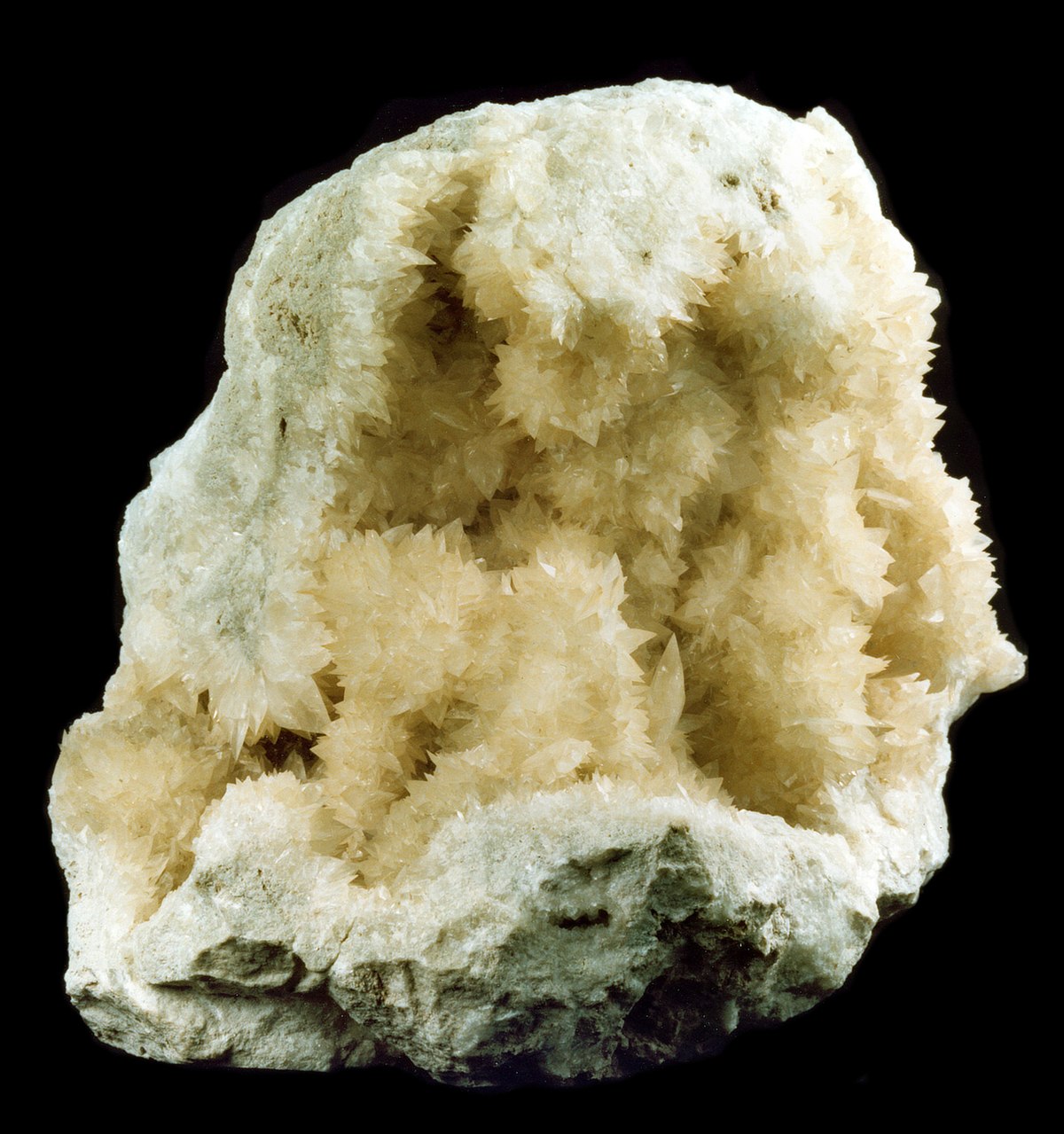GlueSniffer
Active Member
I have been trying to grow with organic amendments, but after reading Solomon's Intelligent Gardener I've decided to try out his method for trace elements. He recommends the sulfates. Manganese Sulfate, Copper Sulfate, Zinc Sulfate, and also laundry Borax. His "complete organic fertilizer" recipe is for 100 sq ft outdoors. If you consider topsoil 6" deep, 100 sq feet is equal to 50 cubic feet. For 50 cubic feet, some of these traces call for 1 teaspoon of powdered material. I'm trying to measure out enough for 1 cubic foot. How do I measure out 1 / 50 teaspoon? My scale is only accurate to +/- 0.2 grams. My smallest measuring spoon is only 0.25 teaspoon and I need to measure 0.02 teaspoons.
I think I want to find a cheap, DRY, water soluble substance to dilute the powders in, but do not know what I can use. Any suggestions? I think I want to mix 1/4 teaspoon of fertilizer into 1 Tablespoons of filler. I've been thinking about water soluble fulvic acid, but don't really understand the humic / fulvic acids and looking for something cheap. I know that they make water soluble inert filler for pharmaceuticals, but wondering if there is a cheap sugar (sucralose) or salt that might work without causing havoc on my soil and soil life.
Can I premix these dry fertilizers together? Can i mix 1/2 tsp Borax, 1/2 teaspoon copper sulfate, 3/4 teaspoon zinc sulfate, 2 teaspoon manganese sulfate, and then add some filler to be stored and used as needed? If I can premix those fertilizers, the filler might only need to be 1 Tbs per gallon of water for a soil drench. At 1 Tbs per gallon of filler, I might be able to mix a few different salts and/or sugar to sufficiently dilute the traces without loading up on any one particle filler substance. I could possibly add in some potassium sulfate and magnesium sulfate powder to dilute, but not really trying to add in other Macro or Micro nutes in significant amounts.
If nothing else, can I dissolve a small amount of each into an aqueous solution. Will it stay stable over time? What happens if I mix the borax with the zinc and the manganese and the copper and mix into water and leave it for a week or two or seven?
Thanks in advance.
I think I want to find a cheap, DRY, water soluble substance to dilute the powders in, but do not know what I can use. Any suggestions? I think I want to mix 1/4 teaspoon of fertilizer into 1 Tablespoons of filler. I've been thinking about water soluble fulvic acid, but don't really understand the humic / fulvic acids and looking for something cheap. I know that they make water soluble inert filler for pharmaceuticals, but wondering if there is a cheap sugar (sucralose) or salt that might work without causing havoc on my soil and soil life.
Can I premix these dry fertilizers together? Can i mix 1/2 tsp Borax, 1/2 teaspoon copper sulfate, 3/4 teaspoon zinc sulfate, 2 teaspoon manganese sulfate, and then add some filler to be stored and used as needed? If I can premix those fertilizers, the filler might only need to be 1 Tbs per gallon of water for a soil drench. At 1 Tbs per gallon of filler, I might be able to mix a few different salts and/or sugar to sufficiently dilute the traces without loading up on any one particle filler substance. I could possibly add in some potassium sulfate and magnesium sulfate powder to dilute, but not really trying to add in other Macro or Micro nutes in significant amounts.
If nothing else, can I dissolve a small amount of each into an aqueous solution. Will it stay stable over time? What happens if I mix the borax with the zinc and the manganese and the copper and mix into water and leave it for a week or two or seven?
Thanks in advance.
Last edited:





